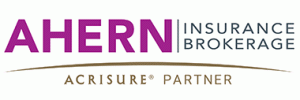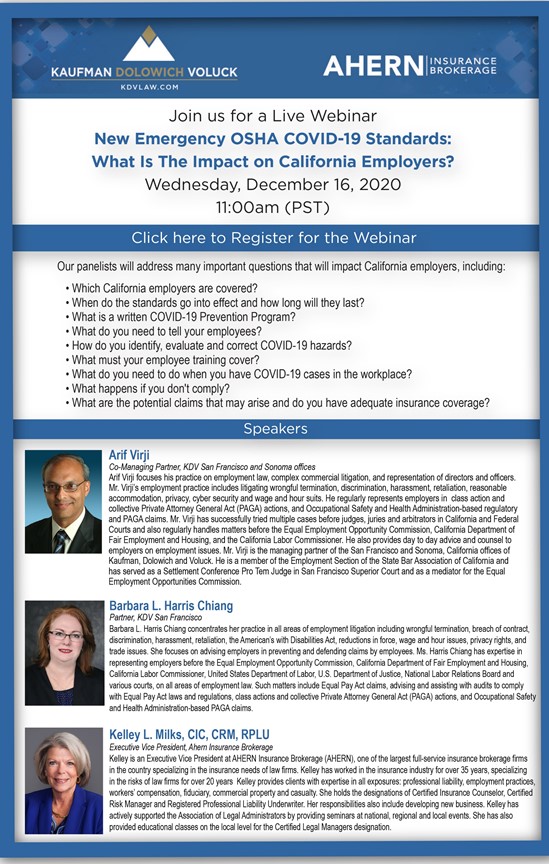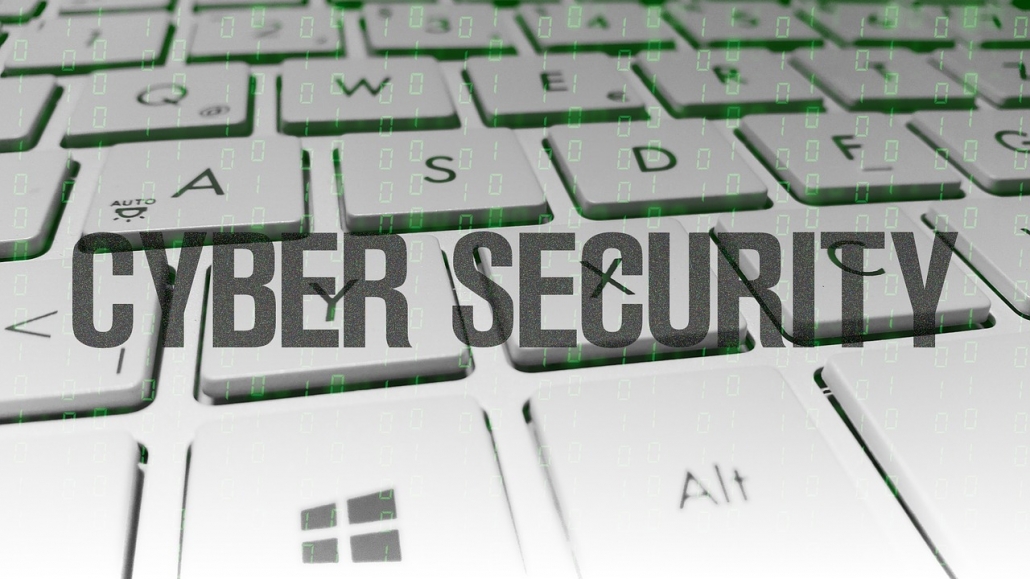At the end of the calendar year, workplace holiday celebrations are an experience that many employees look forward to as a highlight of the season. These celebrations are often a long-standing tradition allowing employees to celebrate with their colleagues—and sometimes family and guests.
However, in response to the COVID-19 pandemic, many organizations are evaluating how to engage employees safely this holiday season. Employers find themselves tasked with deciding whether they should cancel, postpone or offer an amended celebration that prioritizes safety—with many choosing to offer a virtual holiday party.
Virtual holiday parties can help increase employee engagement—but also come with a set of challenges. In addition to concerns regarding the coronavirus, holiday events can carry a financial cost and create risks for organizations if employees participate in inappropriate behaviors. This article gives an overview of virtual holiday parties and offers ideas and considerations for employers planning a virtual celebration.
The State of Holiday Parties During the Coronavirus
According to firm Challenger, Gray & Christmas, Inc. who conducts annual workplace holiday party surveys, most employers are either canceling their party altogether or hosting it virtually this holiday season. Their annual survey found that:
- Twenty-three percent of organizations plan to host a year-end celebration in 2020, down from 76% in 2019.
- Forty-four percent of organizations canceling holiday parties this year cite COVID-19 as the reason for canceling.
- Seventy-four percent of those planning to offer a holiday party are doing so virtually.
These findings show that, while holiday parties are generally popular, employers are adapting to address current realities. There isn’t a one-size-fits-all solution to offering a year-end celebration during the COVID-19 pandemic, and employers have a variety of options to engage their employees safely.
Considerations for Offering a Virtual Holiday Party
Holiday parties can impact employees in a variety of ways. Specifically, these events can boost:
- Team chemistry and camaraderie
- Employee motivation
- Employee engagement
Additionally, holiday parties can give employees a break from the standard workday and even serve as an informal meeting to discuss next year’s goals and instill company values.
How an organization chooses to celebrate varies by workplace, but employers considering a virtual event may find that many of the shared experiences of a year-end celebration can take place in a remote environment.
Planning a Virtual Holiday Party
A virtual environment won’t always fully replicate the in-person experience that many employees have come to expect for celebrations. Despite this, with careful planning, employers can still plan a virtual event that satisfies employees. Similar to when planning an in-person celebration, there are steps employers will want to take, which include:
- Establishing a budget for the event
- Creating the event’s guest list, which may include:
- All employees
- A specific team, department or location
- In some cases, family members or guests
- Establishing and communicating expectations for employees, including appropriate behaviors and other related policies
- Planning, promoting and hosting the event
Factors such as a budget and how you intend to engage employees may influence what type of celebration makes sense for your organization. Holiday celebrations often involve a variety of activities, and the good news is that many of these can be offered virtually via online platforms or video chat. Examples of virtual holiday celebrations include:
- Virtual mixers designed for multiple conversations to take place at once, rather than one big video conference
- Ugly sweater contest
- Holiday karaoke
- Gingerbread house building and decorating
- Wine and cheese party
- Online escape room
- Trivia contest
- Virtual gift exchange
These are some ideas for employers to consider and may require some advance planning. For example, in some cases, employers may choose to provide party supplies for the employee, which would require gathering and shipping those items to each employees’ home before the celebration. Or, employers may need to prepare a list of trivia questions or instructions for guided activities, such as the online escape room.
When it comes to planning for virtual holiday events, employers can consider planning the activity internally or using providers or vendors that specialize in event planning.
Alternative Methods for Recognizing Employees
Generally, holiday parties carry a cost, and diverting funds to throwing a celebration may not be an option, especially during the COVID-19 pandemic. Although employees may be disappointed due to not being able to participate in a holiday party, employers can lift their spirits in other ways.
Many employees may appreciate a gift or form of recognition as a replacement for their prized holiday party. Alternative methods for recognizing employees can include:
- Giving employees a holiday gift
- Sponsoring employees to make a charitable gift
- Recognizing each employee for their individual contributions
As many organizations encounter financial restraints, holiday celebrations are not a requirement by any means. However, it’s important to consider showing appreciation for employees in some way to boost engagement and morale.
Virtual Holiday Party Best Practices
Workplace holiday parties can present a host of liabilities for organizations each year. While virtual celebrations won’t take place at a physical venue, employers should still proceed cautiously. Employees joining an event remotely aren’t immune from engaging in inappropriate behaviors. Holiday parties can remain a risk for employers—but employers can mitigate undesirable outcomes by planning effectively. Best practices include:
- Evaluating your policies—With an increased number of employees working remotely—and the holiday event taking place virtually as well—ensure your employee handbook addresses remote behaviors to help mitigate risks. Employees should have easy access to an employee handbook and all policies, and be aware that a holiday celebration is considered a workplace event, meaning that all behaviors are expected to comply with organizational policies.
- Keeping holiday celebrations optional—Depending on an employee’s exemption status, they may need to be compensated for their time, leading to challenges for mandating their attendance at a virtual event. Additionally, while many employees will be excited about a celebration, others may feel differently. With this in mind, it may be easier to make attendance optional.
- Keeping the celebration general—There is some debate over the appropriateness of observing one holiday over another. However, focusing on offering a broader “holiday party” while avoiding specific religious celebrations can be inclusive to employees of varying backgrounds and beliefs.
- Setting expectations for behaviors—Unfortunately, many holiday parties can lead to inappropriate behaviors by attendees. Despite being remote, employers should be aware that consequential employee behaviors can also take place virtually. Employers can mitigate undesired behaviors by setting expectations for attendees. Be sure to include these expectations in the employee handbook and communicate them to employees.
These best practices help mitigate the risk of employees engaging in inappropriate behaviors and best ensure that employees have a positive experience.
Holiday Celebrations in Your Workplace
While holiday celebrations can positively impact a workplace culture—there is also a case for forgoing a celebration. In addition to safety concerns, these events may have a financial cost, and holiday parties can present risks for employers, such as employees engaging in inappropriate behaviors. While virtual events may be able to mitigate common concerns such as excessive alcohol consumption that can lead to inappropriate behaviors, employers should know that poor behaviors can also take place in the virtual environment.
Employers who typically host an annual celebration, but are choosing not to do so this year, should consider explaining to employees why throwing a holiday party isn’t feasible. While some employees will be disappointed in this decision, they’ll still appreciate the sincerity and transparency.
As the end of the year approaches, employers find themselves torn between postponing, canceling or hosting a holiday celebration using safe practices. Employers should consider what type of celebration makes sense for their organization, even if that means not having one this year.
For additional employee engagement resources, contact AHERN Insurance Brokerage.
This article is not intended to be exhaustive nor should any discussion or opinions be construed as professional advice.
© 2020 Zywave, Inc. All rights reserved.





 As the Cyber Risk Practice Leader at Acrisure, Adam is responsible for designing custom Cyber, Crime and Technology solutions for Acrisure clients across the globe. Adam is also a guest lecturer at Fordham University, Hofstra University and leads Cyber Liability education for over 250 Acrisure Partner Agencies throughout the country.
As the Cyber Risk Practice Leader at Acrisure, Adam is responsible for designing custom Cyber, Crime and Technology solutions for Acrisure clients across the globe. Adam is also a guest lecturer at Fordham University, Hofstra University and leads Cyber Liability education for over 250 Acrisure Partner Agencies throughout the country.